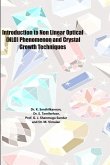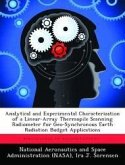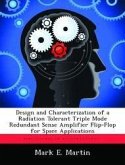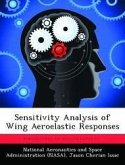In engineering, simulation software is often used as a convenient means for carrying out experiments to evaluate physical systems. The benefit of using simulations as 'numerical' experiments is that the experimental conditions can be easily modified and repeated at much lower cost than the comparable physical experiment. The goal of these experiments is to 'improve' the process or result of the experiment. In most cases, the computational experiments employ the same trial and error approach as their physical counterparts. When using this approach for complex systems, the cause and effect relationship of the system may never be fully understood and efficient strategies for improvement never utilized. However, it is possible when running simulations to accurately and efficiently determine the sensitivity of the system results with respect to simulation to accurately and efficiently determine the sensitivity of the system results with respect to simulation parameters (e.g., initial conditions, boundary conditions, and material properties) by manipulating the underlying computations. This results in a better understanding of the system dynamics and gives us efficient means to improve processing conditions. We begin by discussing the steps involved in performing simulations. Then we consider how sensitivity information about simulation results can be obtained and ways this information may be used to improve the process or result of the experiment. Next, we discuss optimization and the efficient algorithms which use sensitivity information. We draw on all this information to propose a generalized approach for integrating simulation and optimization, with an emphasis on software programming issues. After discussing our approach to simulation and optimization we consider an application involving crystal growth. This application is interesting because it includes radiative heat transfer.








